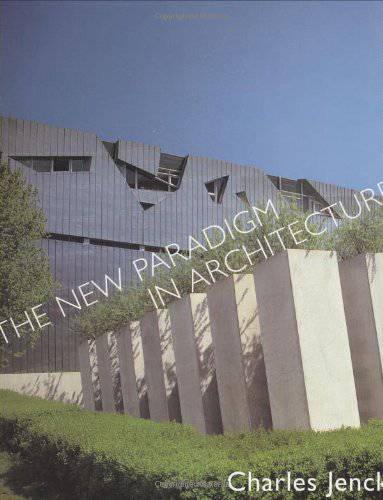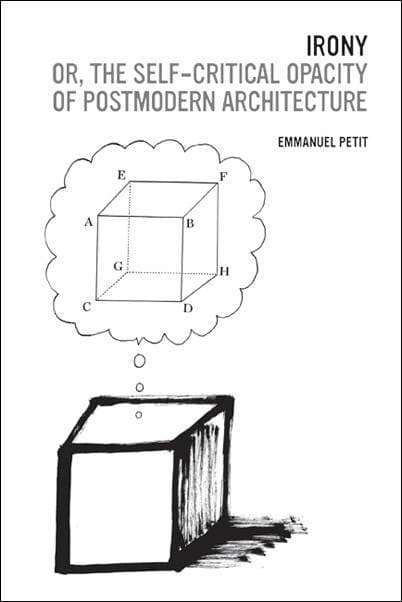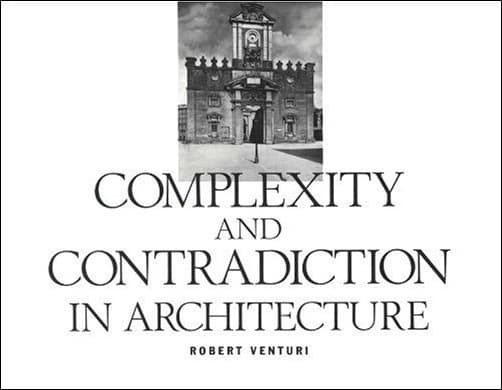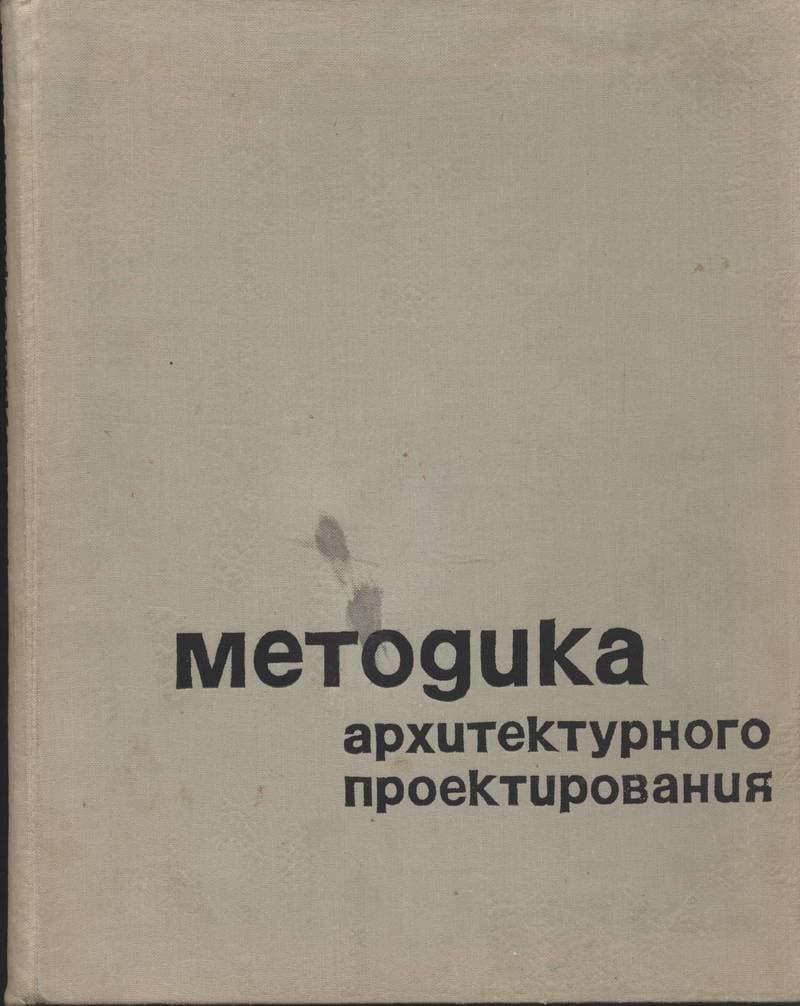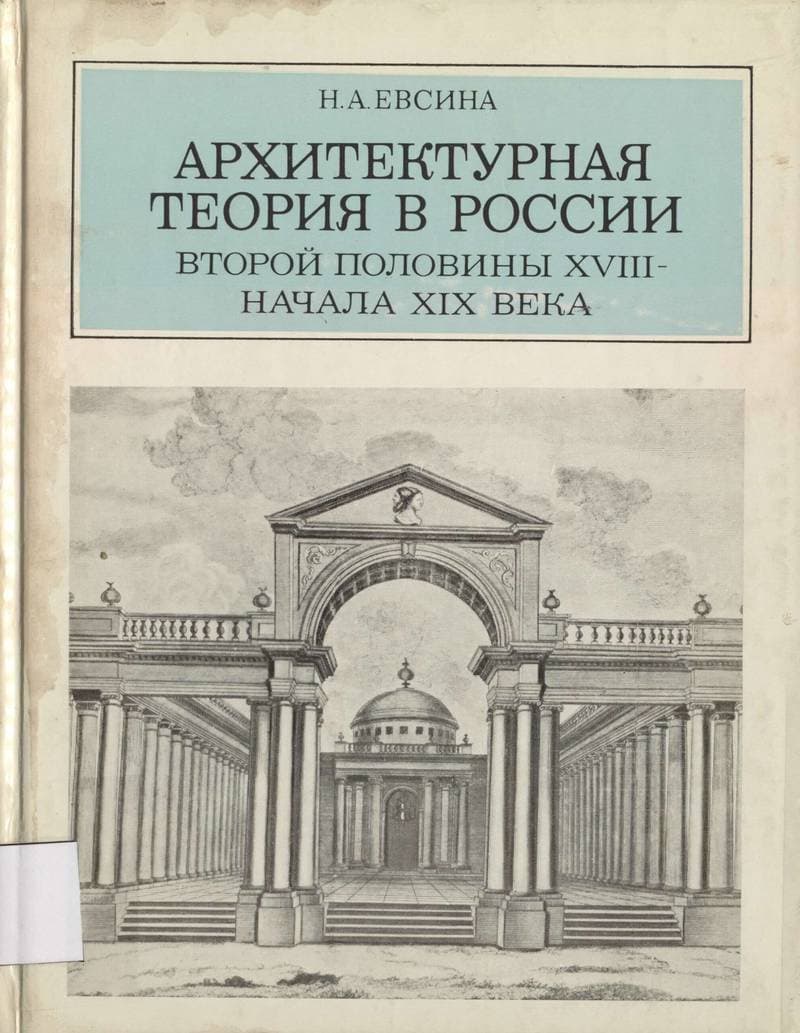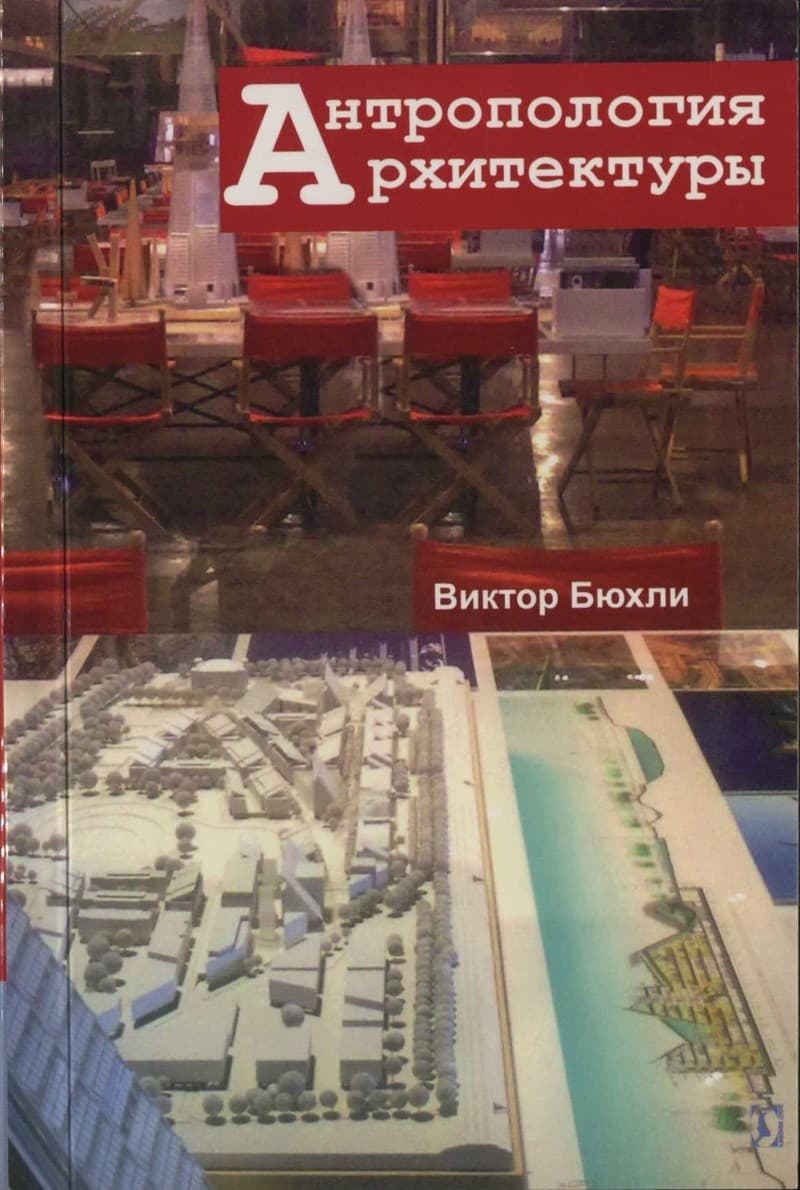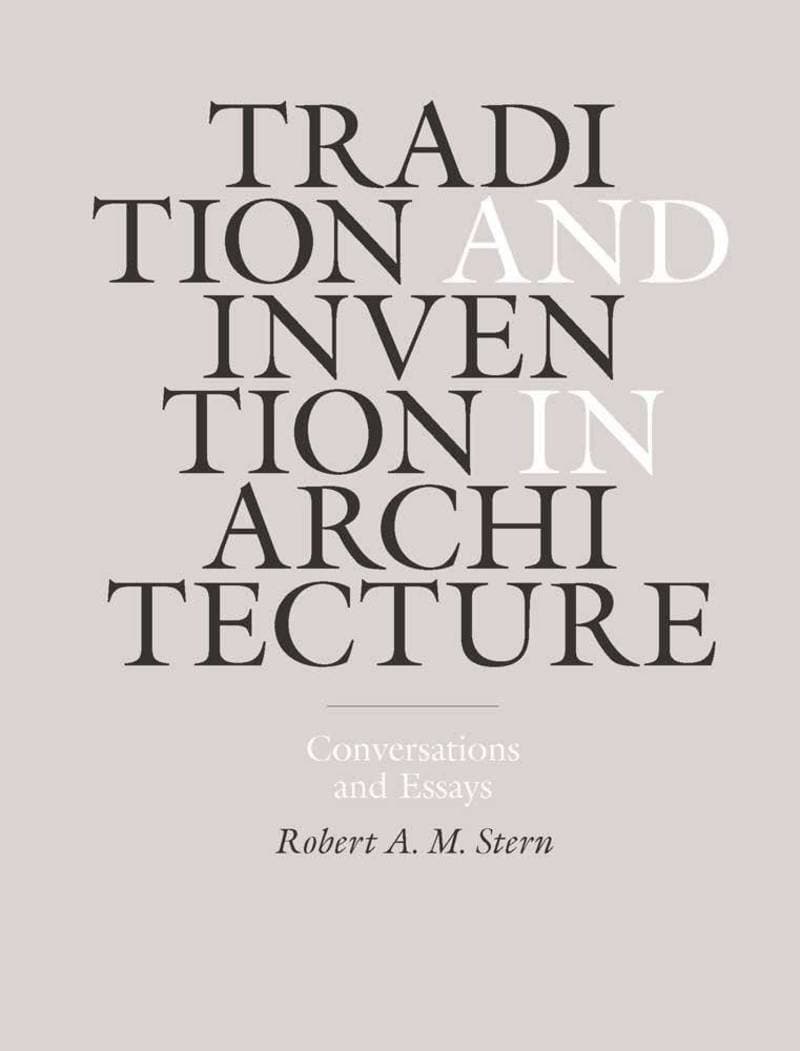The new paradigm in architecture. The language of post‑modern architecture
The story of a movement that changed the face of architecture over the last 40 years of the 20th century. Starting with the counter culture of the 1960s and the call for a complex urbanism by Jane Jacobs and a complex architecture by Robert Venturi, it shows how such demands started to be realized by the 1990s in a new and complex architecture aided by computer design. Often curved, warped and fractal in shape, it is more convivial, sensuous and articulate than the modern architecture it challenges. Carried forward by architects such as Frank Gehry, Daniel Libeskind and Peter Eisenman, it has also become a leading approach in many schools and offices around the world. The computer is now at its heart but its history, which Charles Jencks traces, is built on the desire for an architecture that communicates with its users, and one based on the heterogeneity of our cities and global culture. This study was the first to define the broad issues of postmodernism, and led to its growth in other fields such as philosophy and the arts.
Details
Saarinen Eero, Kikutake Kiyonori, Mies van der Rohe Ludwig, Wright Frank Lloyd, Nouvel Jean, Dixon Jeremy, Benamo Georgia, Botta Mario, Farrell Terry, Gigliotti Vittorio, Pei Ieoh Ming, Graves Michale, Hollein Hans, Le Corbusier, Mozuna Monta, Kroll Lucien, Hertzberger Herman, Gropius Walter, Takeyama Minoru, Makovecz Imre, Johnson Philip, Jencks Charles, Eyck Aldo van, Moore Charles, Foster Norman, Portoghesi Paolo, Erskine Ralph, Krier Rob, Stern Robert, Behrens Peter, Venturi Robert, Kurokawa Kisho, Utzon Jørn, Pelli Cesar, Meier Richard, Gehry Frank, Melnikov Konstantin, Jerde Jon, Ishii Kazuhiro, Stirling James Frazer, Yamasaki Minoru, Tange Kenzō, Beeby Thomas, Rossi Aldo, Isozaki Arata, Bofill Ricardo, Aulenti Gae, Vandenhove Charles, Hara Hiroshi, Predock Antoine, Koolhaas Rem, Mendini Alessandro, Eisenman Peter, Lynn Greg, Calatrava Santiago, Miralles Enric, Libeskind Daniel
New Haven, Connecticut
2002
280 pages
0300095139
Open stacks
Yes
No
720.2 Jec
1
- Irony; or, The Self‑Critical Opacity of Postmodern Architecture2013
- The Building2016
- Cours d'Architecture qui comprend les ordres de Vignole, avec des commentaires, les figures & les descriptions de ses plus beaux Bâtiments, de ceux de Michelange1750
- Amériques‑URSS: architectures du défi2014
- Irigaray For Architects2007
- Complexity and Contradiction in Architecture2011
- Методика архитектурного проектирования в системе архитектурного образования1969
- Modern Architecture A‑Z. Volume 2. M‑Z2013
- Архитектурная теория в России второй половины XVIII в. — начала XIX в.1985
- Антропология архитектуры2017
- Tradition and Invention in Architecture: Conversations and Essays2011
- Зачем нужна архитектура2017
